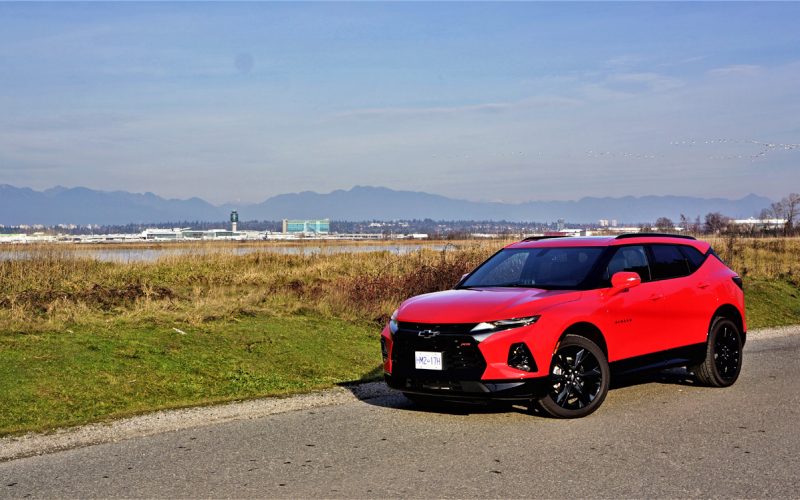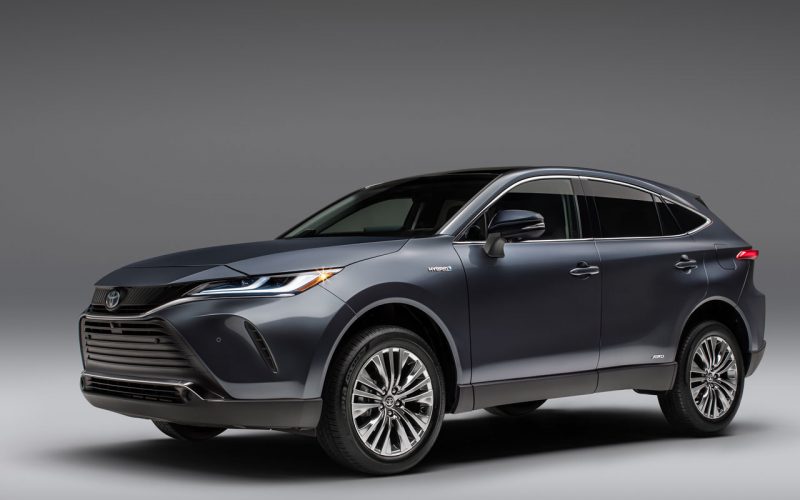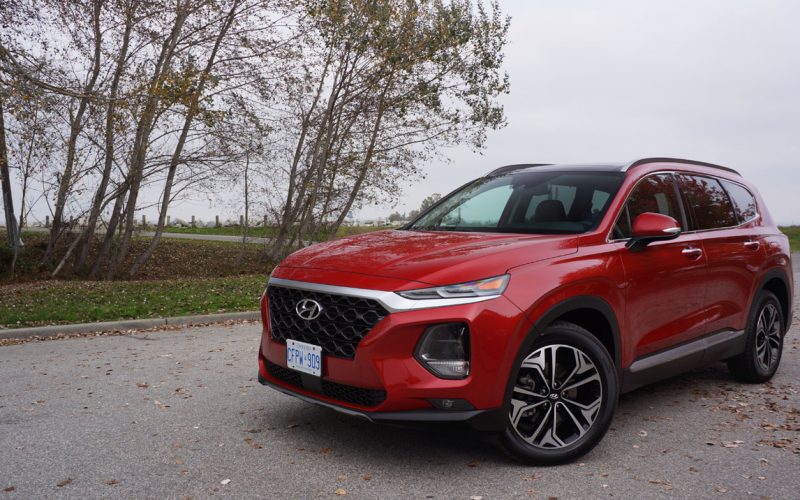
Reading Time: 8 minutesWhat do you get when you combine a Camaro and a Traverse? No, I wasn’t going

Reading Time: 9 minutesRemember the Venza? Toyota was fairly early to the mid-size crossover utility party with its 2009–2015

Reading Time: 14 minutesNow that the upstart Genesis brand is finding its footing in the luxury sector, having initially
© 2025 The Car Magazine. All Rights Reserved, Privacy Policy | Terms of Use